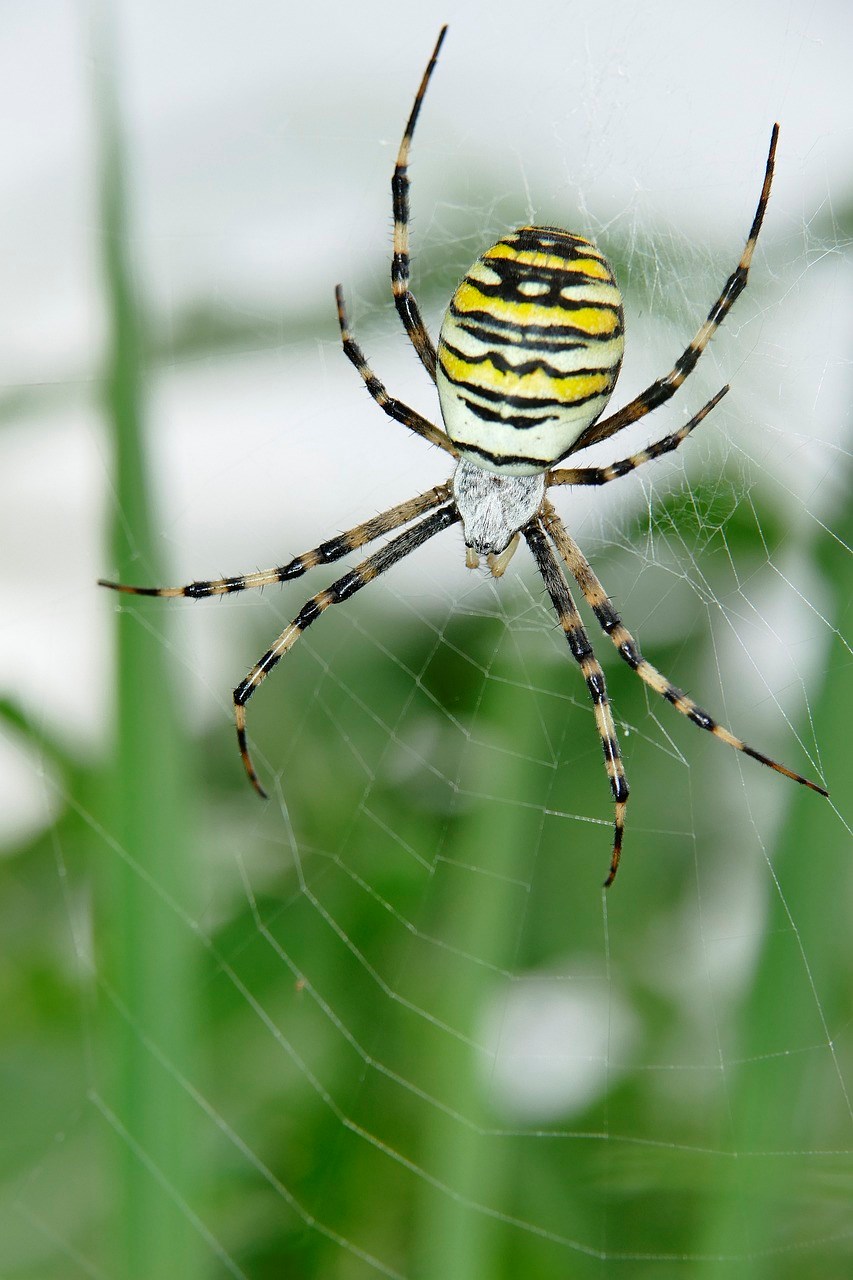What is creepy crawly, has 8 legs, and is absolutely essential? Right! Something you may have feared, or at least disliked since you were a kid. It’s a pleasure to introduce, new and improved … spiders!
You may wonder what could possibly be new and improved. Nothing has changed about them. They’re still master predators and amazing creatures, just like they’ve always been. What has changed is how we suddenly understand where they fit in the 'system' and how important they are.
According to Dr. Catherine Scott , a McGill University arachnologist (spider scientist), spiders around the world eat between 440 and 880 million tonnes of flies, mosquitoes and other bugs each year. They are so vital for insect control as part of biodiversity around us, that without them, we would be scuppered!
We’ve mentioned how important biodiversity is in protecting us from Climate Change. We should also mention that insects and spiders (not the same) are major key actors in that story. The ecosystems we try to protect, from forests to wetlands to native gardens, work hand in hand with insects and spiders to support birds, amphibians, reptiles, mammals (including us), and plants.
To be honest, I was in the terrified group for a long time. Even when I camp counselled and serenely told my campers that it was perfectly okay, those spiders they were meeting wouldn’t hurt them at all. They were just part of nature. Secretly I was a fraud, wishing those eight legged scurriers would scurry elsewhere.
And then one day about 17 years ago, I had a moment. I was at home, and I looked up. It was a high ceiling, and in the corner, way up high, was an extremely focused daddy long-legs (or long daddy legs, as one of my campers called them). I realized it was moving from one spot to another, back again, forward to another spot, back again, over and over.
So I pulled up a chair and watched it. Very purposefully, each time it stopped at a new spot, it put its bum down on the ceiling, lifted it, and moved on. Eventually it had a somewhat random, but finished web. At that point it went to the corner and waited. When a tiny fly came along, it disturbed the web. Like a high speed racer, out came the daddy long-legs from the corner! Dinner was on order, and efficiently dealt with.
So I thought okay, what just happened here? I got a few spider books from the Stratford Library. After I got over the squeamish factor with each photo, I started to learn and oh my, what an amazing creature is a spider.
First of all, they’re like a creature from another planet. Their bodies are nothing like most animals (including us), and they fill their spot on the web of life with amazing efficiency. They have a front section containing the brain, eyes (usually eight) and the eating equipment. They can’t chew, so they have to liquefy their prey with poison.
The back section contains the heart, breeding structures, and the spinnerets that make the webs. When my daddy long-legs dropped its bum periodically, it was anchoring some web silk. Their bodies and their lives are organized for hunting one way or another, for eating their catch of the day, for mating, and for ensuring the survival of their young, one way or another.
Before I continue a) that sounds pretty much like how we fill our time, and b) they won’t hurt you really! The most you will get from the spiders around here is a slightly uncomfortable nip and actually very, very few spiders have the jaw strength to puncture our skin.
What about the black widow you say? And the tarantula? No, you won’t die, no matter what horror movies and books tell you. Tarantulas don’t share our space (unless the poor critters have been made into a 'pet') and black widows want nothing to do with you. They’d rather run than fight. Even if one did bite me, at most I’d feel like I had a flu for a couple of days - no horrific death sentence.
Some spiders make a perfect round web (the quite lovely orb spiders), others weave a funnel for insects to fall in, and others lie in wait in a camouflage web or a sheltered spot to surprise an unsuspecting insect. For mating, the males are usually smaller, and in some types of spiders, they want to steer clear of their mates, once the deed is done, or else they may end up as dinner. Some spiders leave their young to fend for themselves, some carry them on their back for a while, and some hang around to provide food.
It’s safe to say that the only ones you will ever see are common house spiders (busy keeping your house insect free) and a variety of garden spiders. Watch for the orb spiders in the middle of the perfect circle webs.Some of them are very beautiful, as well as amazing architects.
Guess how many spiders there are? There are 51,000 species of spiders on the planet and maybe a quadrillion (or more) spiders! Every biome, every climate, every height, every biodiversity habitat has spiders. That makes them pretty well one of the most successful animals on the planet and one of the most important.
So if one annoys you, try catch and release. Do nature (and yourself) a favour.



